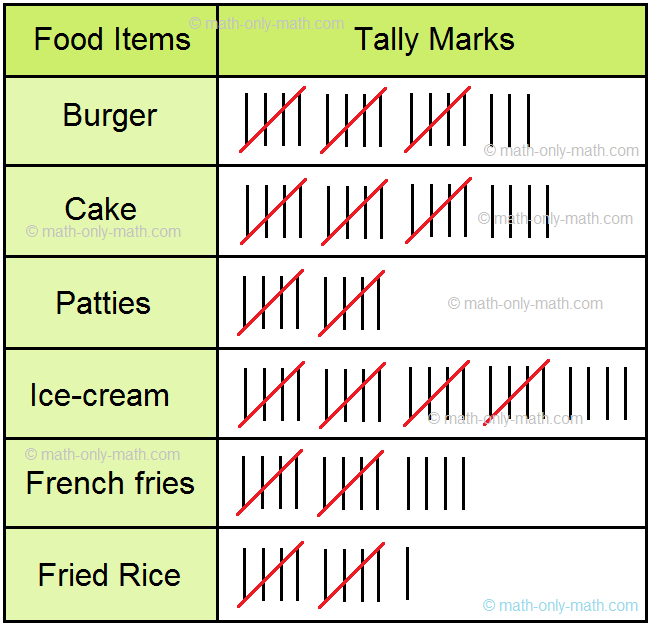

( Teochew ) Used to emphasize that something is/is not.而家 系 五点 正。 ji 4 gaa 1 hai 6 ng 5 dim 2 zing 3. to straighten to make straight to adjust.straight upright central in proper position Antonym: 歪 ( wāi).* Period "." indicates syllable boundary. * Hyphen "-" indicates morpheme boundary * Square brackets "" indicate uncertain identity, e.g. * Parentheses "()" indicate uncertain presence 整 ( OC *tjeŋʔ, “orderly to arrange to dispose”).政 ( OC *tjeŋs, “correct to govern government to determine”).征 ( OC *tjeŋ, “to go straight > to go on a journey”).Also compare Khmer ទៀង ( tiəng, “ accurate correct exact precise honest ” ). Matisoff sets up Proto-Sino-Tibetan *m-tjak/ŋ ~ tik/ŋ ( “ good very real straight ” ) for this, which includes 正, 直 ( OC *dɯɡ, “straight right”) and 實 ( OC *ɦliɡ, “solid true”).Īdditionally, Matisoff has Proto-Sino-Tibetan *t(r)waŋ ( “ straight straighten ” ), whence Chepang धेङ्सा ( dʰeŋ-, “ straight ” ), Jingpho ding ( “ straight ” ), Tibetan དྲང་པོ ( drang po, “ straight correct upright just fair ” ), Burmese တန်း ( tan:, “ straight to head straight for ” ). Sino-Tibetan or area word: “centre target first (month) straight correct”.Ĭompare Mizo dîng ( “ to go straight or direct (as person, arrow etc.) to go straight through without breaking the journey straight direct ” ). Original form of 征 ( OC *tjeŋ, “to go on long campaign”). Phono-semantic compound ( 形聲, OC *tjeŋ, *tjeŋs): phonetic 丁 ( OC *rteːŋ, *teːŋ ) + semantic 止 ( “ foot ” ) – to go on a long journey. Hanyu Da Zidian (first edition): volume 2, page 1436, character 1.For example, a tally of twelve is written as 正正丅. Tallies beyond five are written with a 正 for each group of five, followed by the remainder.

( tally marks, 5 ) : The successive strokes of 正 ( ) are used in China, Taiwan, Japan, Korea and other areas where Chinese characters are prominent to designate tallies in votes, scores, points, sushi orders, and the like, much as is used in Africa, the Americas, Australia, and Europe.

正 ( radical 77, 止+1, 5 strokes, cangjie input 一卜中一 ( MYLM), four-corner 1010 1, composition ⿱ 一 止) As a component of some complex characters, 正 is often written as 𤴓 with its last two strokes different.


 0 kommentar(er)
0 kommentar(er)
